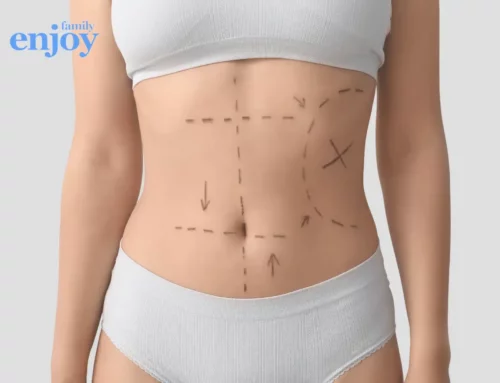
The recent publication of an article by a task force of American plastic surgeons raises the alarm about the risks of buttock lipofilling or Brazilian Butt Lift (BBL).
Danger du lipofilling fessier : une technique à haut risque
Lipofilling of the buttocks has recently been developed in the United States and South America as a technique for increasing buttock volume. This surgery involves liposuction of various fat-rich areas of the body, followed by filtering of the aspirated fat to rid it of debris and purify it. This purification can be performed using a centrifuge, or various systems (PureGraft®, Revolve®...). The pure fat is then injected into the buttocks using fine cannulas, depositing small quantities of fat in different anatomical planes. This is a graft, i.e. a technique designed to place non-vascularized (i.e. not supplied with its own blood supply) autologous tissue (from your own body) into an anatomical structure that will accept and integrate this tissue. As with any graft, take-up is not complete, and usually half of the fat injected does not take up.
BBL mortality rate: a high-risk procedure
Le danger principal de cette technique vient du fait que comme le chirurgien anticipe cette diminution de volume de 50% en post opératoire, il a tendance à sur-remplir la fesse au cours de l’intervention. Ceci crée une surpression qui a tendance à chasser la graisse injectée dans de petites veines situées dans le muscle grand fessier. On dit que la graisse embolise la veine. La graisse passe alors dans la veine cave avant d’aller boucher les vaisseaux pulmonaires. On parle d’embolie graisseuse pulmonaire, qui si elle est importante est souvent mortelle.
Il avait été décrit quelques cas sporadiques de décès en Amérique du Sud au cours des quinze dernières années. La hausse du nombre de BBL aux Etats Unis (on estime qu’il a été pratiqué environ 25000 interventions de ce type aux Etats-Unis en 2016) a entraîné un nombre de décès non négligeable (plus de 25 décès documentés).
Les conséquences du Brazilian Butt Lift (BBL) : retour sur les chiffres alarmants
L’article de l’ASJ analyse les résultats d’un questionnaire en ligne envoyé à 1963 chirurgiens plasticiens américains et 2880 chirurgiens internationaux. Nous avons répondu à ce questionnaire (heureusement sans rapporter pour le moment de complication mortelle sur les 38 cas que nous avons effectués jusqu’à présent). Sur 610 chirurgiens ayant répondu à l’enquête, 32 cas de complications mortelles et 103 non mortelles ont été rapportés sur environ 200000 procédures déclarées. Le taux de mortalité pour cette procédure est donc estimé par l’enquête à 1 cas sur 6000 environ. En recoupant les données avec celles des médecins légistes américains, il semble que ce taux soit plus proche de 1 sur 3000 dans la réalité.
Ce taux de mortalité est pratiquement vingt fois supérieur à celui d’une chirurgie plastique standard (1 cas sur 55000 environ) et quatre fois supérieur à celui de la chirurgie plastique auparavant considérée comme la plus dangereuse, l’abdominoplastie (1 cas sur 13000, principalement par embolie pulmonaire non graisseuse).
Danger of injection into the buttocks: risk multiplied by four in the case of deep injection
L’analyse du questionnaire montre que l’injection dans les plans profonds musculaires de la fesse augmente par quatre ce taux de complication.
Danger of buttock lipofilling: a worrying medical finding
This study raises the alarm that buttock lipofilling is the most dangerous plastic surgery procedure in terms of mortality.
Buttock implants: a safe alternative
Les implants fessiers qui est une technique qui est loin d’être parfaite avec un taux de complications post opératoire d’environ 10% (principalement des désunions de cicatrice et des infections), ne présentent pas le même taux de complication mortelle, sur les études à ce jour.
We believe that buttock lipofilling or BBL is not a reasonable option if you are considering a large volume buttock augmentation. Indeed, due to the 50% resorption rate, it often takes 2 to 3 surgeries to achieve a 500 cc augmentation. The fatal complication rate during these repeated surgeries does not seem acceptable to us.
Surgical tourism: a risky choice to avoid
Quant au tourisme chirurgical pour une intervention aussi risquée, nous le déconseillons fortement….




